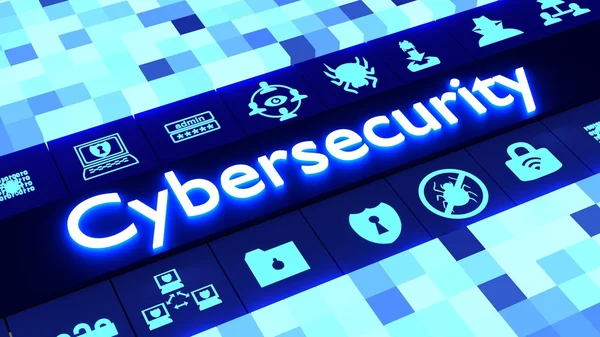Cybersecurity Essentials

About Course
This course is for those who have very little knowledge of computers & technology with no prior knowledge of cyber security. The hands-on, step-by-step teaching approach enables you to grasp all the information presented, even if some of the topics are new to you. You’ll learn real-world cyber security fundamentals to serve as the foundation of your career skills and knowledge for years to come.
Basically, this course is for you if your answer to any of the questions below is yes
- Are you new to cyber security and in need of an introduction to the fundamentals?
- Are you bombarded with complex technical security terms that you don’t understand?
- Do you need to be conversant in basic security concepts, principles, and terms, but do not need “deep in the weeds” detail?
- Have you decided to make a career change to take advantage of the job opportunities in cyber security and need formal training/certification?
- Are you a manager who lays awake at night worrying that your company may be the next mega-breach headline story on the 6 o’clock news?
Course Content
Introduction to Cybersecurity
Basic Computer Function
Computer Numbering System & ASCII
Basics of Computer Networking
Security Technologies
Understanding Frequent Security Attacks
Basic Knowledge of Preventing Cybersecurity Attacks
Understanding Virtual Machines and Cloud Computing
Backup and Disaster Recovery
Student Ratings & Reviews

No Review Yet
